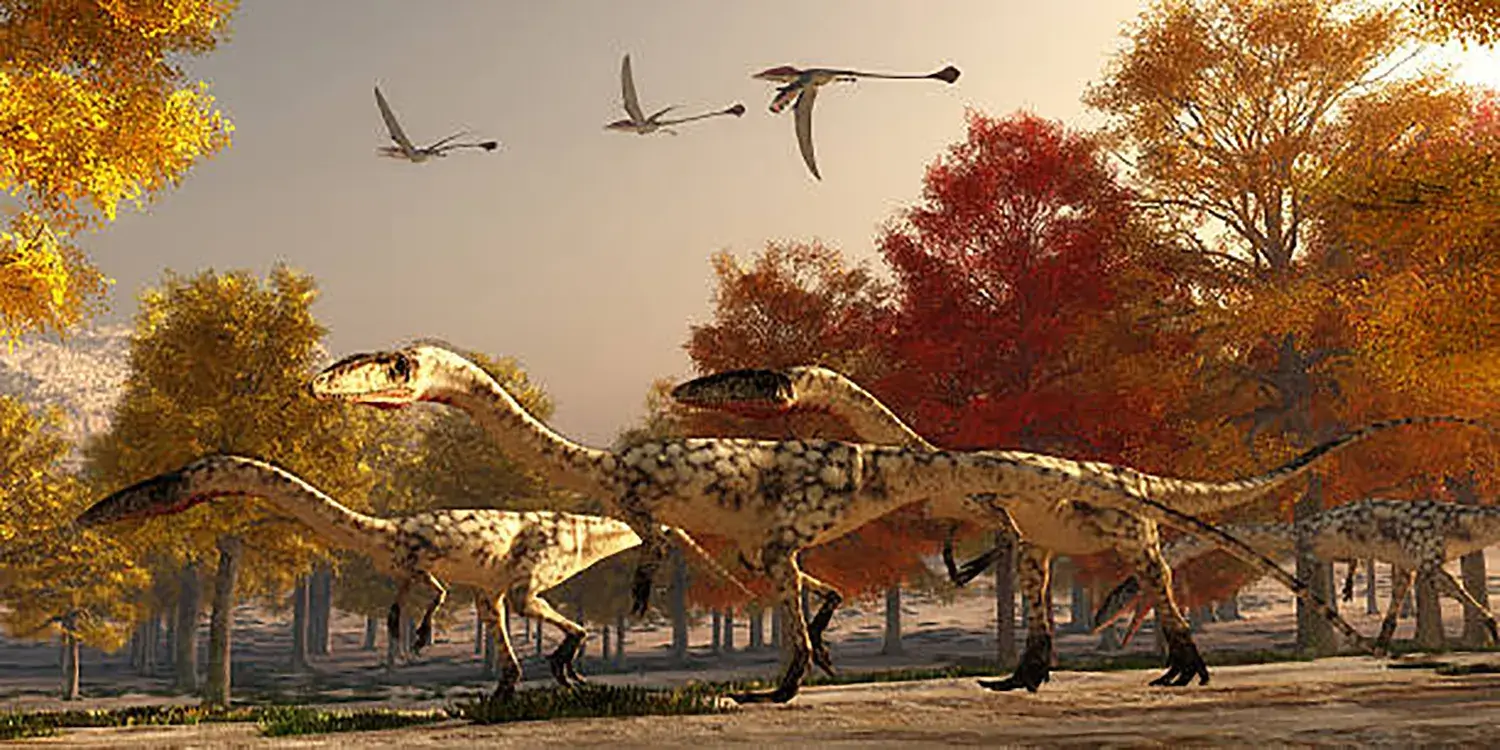The Dawn of the Dinosaurs! The Historical Context and Evolution of Dinosaurs in the Triassic Period.

The Triassic Period (251 to 199.6 million years ago) is a monumental epoch when dinosaurs first appeared on Earth.
Essential to understanding this era is the P-T Boundary (Permian-Triassic) mass extinction that occurred just before the Triassic.
After this catastrophic event, which wiped out about 95% of the world’s species, the Triassic opened as the “Age of Life Regeneration.”
Early Triassic: Were Dinosaurs Still Inconspicuous?
In the Early and Middle Triassic, dinosaurs were not yet the dominant players in the ecosystem.
Other massive reptiles, such as crocodile ancestors and pterosaurs, wielded overwhelming power, and dinosaurs are estimated to have accounted for only about 5% of the fauna.
Dinosaurs were, in fact, relatively inconspicuous during this time.
Late Triassic: The Real Start of Dinosaur Evolution
However, the situation changed dramatically in the Late Triassic.
The changing environment led to the extinction of many herbivores, creating an “ecological vacuum” for dinosaurs to gain dominance.
This period saw the emergence of the three main groups that form the basis of current dinosaur classification: Theropods, Sauropodomorphs, and Ornithischians.
Carnivorous Theropods (ancestors of Tyrannosaurus) and gigantic herbivorous Sauropodomorphs (ancestors of Apatosaurus) rapidly increased their numbers and began their journey to prosperity.
Continental Drift Propelled Dinosaur Prosperity
At the time, the Earth was still a single landmass, the supercontinent Pangea.
Because the continents were not yet separated, dinosaurs could move freely across the land, rapidly expanding their habitat.
This small step taken in the Triassic became the beginning of the grand narrative of the “Age of Dinosaurs” that continued into the subsequent Jurassic and Cretaceous periods.












